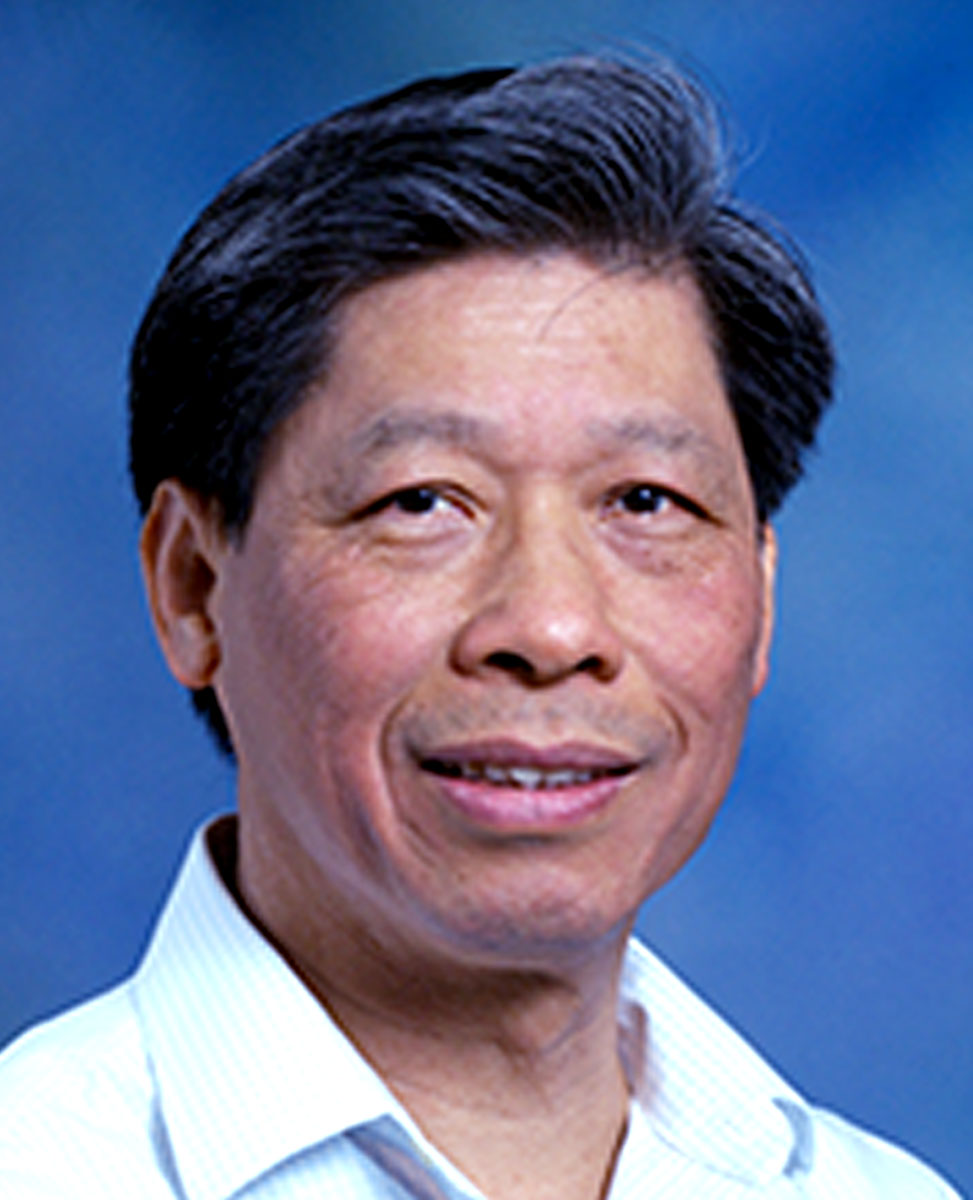Kit Sang Lam
Professor Kit Lam is a physician-scientist and an expert in combinatorial chemistry, peptide chemistry, chemical biology, drug discovery and development, molecular imaging, nanotherapeutics and medical oncology. He obtained his B.A. in Microbiology in 1975 at the University of Texas at Austin, his Ph.D. in Oncology in 1980 from McArdle Laboratory for Cancer Research, University of Wisconsin, and his M.D. in 1984 from Stanford University School of Medicine. He completed his Internal Medicine residency training and Medical Oncology Fellowship training at the University of Arizona.
Professor Lam is board certified in both Internal Medicine and Medical Oncology. He is currently Chair of the Department of Biochemistry and Molecular Medicine, University of California Davis School of Medicine, Professor of Hematology and Oncology, a leader of the UC Davis Comprehensive Cancer Center, and a Fellow of the American College of Physicians. He has made a seminal contribution to the peptide field through the development of the one-bead-one-compound, OBOC, approach to combinatorial chemistry.
Professor Lam is a founding scientist of the Selectide Corporation, one of the first start-up companies to specialize in combinatorial chemistry. He has published over 290 peer-reviewed scientific publications and holds 15 patents on inventions.
Over the last two decades, Professor Lam has made a number of advances in the chemistry and screening of OBOC combinatorial methods. He successfully applied these methods for B-cell epitope mapping, discovery of cancer targeting ligands for cancer imaging and therapy, and the development of on-demand protease cleavable linker for radioimmunotherapy. More recently, he and his colleagues reported the successful development of LLP2A-bisphosphonate conjugate that facilitates the homing of mesenchymal stem cells to the bone matrix as a potential treatment for osteoporosis.
LLP2A is a high-affinity and high-specificity peptidomimetic ligand against activated α4β1 integrin discovered by the OBOC technology. In addition to screening methods, he has developed novel encoding strategies with topographically segregated bilayer beads, such that library compounds reside on the bead surface and the coding tags reside in the bead interior. He invented the one-bead-two-compound library method for the efficient discovery of pro-apoptotic ligands against cancer. In the last few years, Professor Lam has expanded his research to the development of targeting nanocarriers for cancer imaging and therapy. Using Fmoc-chemistry, multi-gram quantities of amphiphilic telodendrimers comprised of PEG-dendritic lysine/cholic acid can be prepared and used as targeting reversible micellar nanocarriers for drug delivery and cancer imaging.


